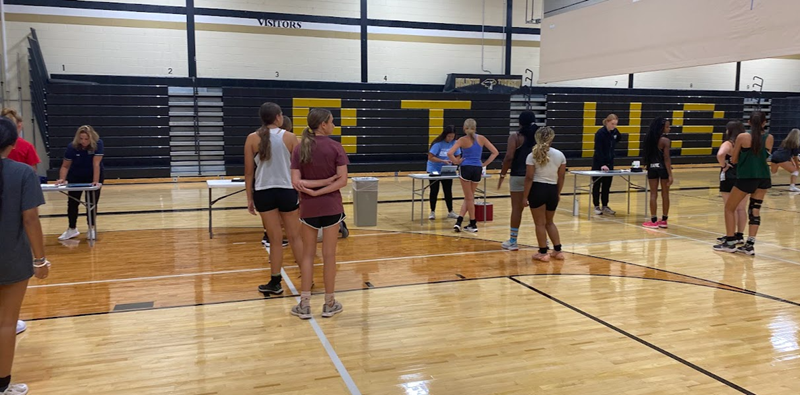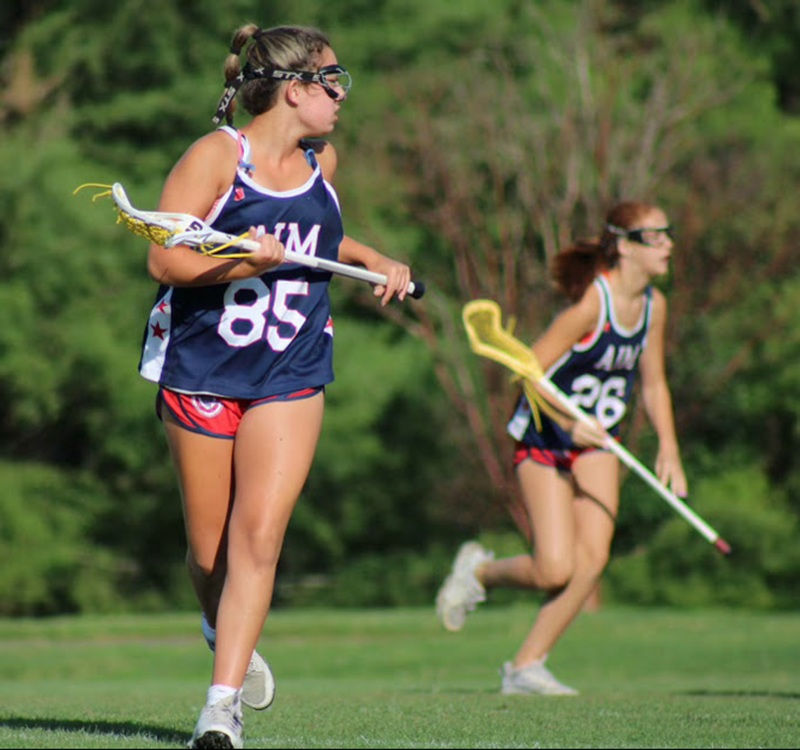Top Basketball Agility Drills to Explode Past Defenders with First Step Speed
- JDS1 Marketing
- Sep 25
- 4 min read

The first step is the difference between getting locked down and blowing by your defender. Guards who master this move create space, open passing lanes, and get clean looks at the basket. Without it, you waste energy dribbling side to side and settling for contested shots.
The good news? You can train your body to develop that explosive first step with the right basketball agility drills. Even better, you can measure progress and know exactly how much faster and sharper you are becoming.
This guide walks you through why agility matters, which drills give you the most impact, and how to use feedback to sharpen your quickness.
Why Agility Matters More Than Pure Speed

Straight line speed is useful, but basketball is a game of stops, starts, and direction changes. Your defender is rarely giving you a clear runway to the hoop. Instead, you need the agility to:
Plant and change direction instantly.
React to defensive shifts without hesitation.
Explode from a stationary stance into your first dribble.
Recover balance quickly when you get bumped.
Speed training alone won’t give you these abilities. That is why basketball agility drills are essential; they teach your body to stay balanced, coordinate footwork, and react faster in game situations.
Core Skills an Agility Drill Should Target

When you choose or design a drill, think about the skills it builds. The most effective basketball agility drills develop:
First Step Quickness – your ability to explode off the dribble.
Change of Direction Speed – how fast you can cut or pivot.
Balance and Stability – staying controlled when shifting weight.
Reaction Time – responding to cues or defenders without delay.
Coordination – smooth transitions from defense to offense.
Each of the drills below focuses on at least one of these areas, and together they create the complete package of agility.
Basketball Agility Drills You Can Start Today

1. Cone Jab Step Drill
Set up four cones in a square about five feet apart.
Start in the center with a ball in hand.
Jab step toward one cone, plant, and explode to the opposite cone.
Reset in the middle and repeat in random directions.
Why it works: You practice a quick jab, weight shift, and explosive push, all skills that mirror game first steps.
2. Lane Shuffle and Burst Drill
Stand on one side of the key in defensive stance.
Shuffle laterally to the opposite side.
When you reach the line, explode forward to the free throw line.
Backpedal to your start and repeat.
Key benefit: This drill combines defensive agility with an offensive burst, simulating the moment you switch from guarding to attacking.
3. Crossover Step Reaction Drill
Start at the top of the key with a ball.
Have a partner point left or right randomly.
Take a crossover step in that direction, then drive two dribbles.
Reset and react again.
Why it helps: You practice reacting instantly, training both your eyes and your feet to move together.
4. Closeout to First Step Drill
Begin under the basket in defensive stance.
Sprint to the three-point line and close out with hands up.
Immediately transition into a strong first step drive either left or right.
Finish with a layup or jump shot.
Carryover: You mimic a common game sequence, closing out a shooter and then beating a defender off the dribble.
5. Lateral Hop to Sprint Drill
Stand with feet together on the baseline.
Hop laterally over a line or small cone five times quickly.
On the fifth hop, explode into a 10-yard sprint.
Reset and repeat.
Result: This drill improves the ability to stay light on your feet and then burst forward without hesitation.
6. Mirror Drill with Partner
Face a partner about five feet apart.
Have your partner move side to side, forward, or backward.
Mirror their movements while staying in low stance.
After 15 seconds, switch roles.
Why it’s effective: The unpredictable element forces you to react quickly, just like reading a defender in live play.
How to Organize Drills Into a Weekly Plan
Drills are most effective when you structure them into short, focused sessions. Here’s a simple plan for your first four weeks:
Day 1: Cone Jab Step + Lane Shuffle and Burst (4 sets each).
Day 2: Crossover Step Reaction + Closeout to First Step (5 sets each).
Day 3: Rest or light mobility work.
Day 4: Lateral Hop to Sprint + Mirror Drill (4 sets each).
Day 5: Mix all six drills in circuit style.
Weekend: Apply skills in scrimmages or pickup games.
Each session should take about 25–30 minutes. That’s all you need to start building noticeable quickness in your first step. Just remember that consistency matters more than volume, pushing too hard can cause setbacks, so learn how to avoid overtraining while still improving steadily.
Why Measuring Agility Separates Good From Great

Doing drills is important, but without measurement, you’re only guessing about your progress. An agility test or baseline measure gives you numbers to track. You’ll know:
How fast your reaction time is improving.
Whether your first step quickness is increasing over weeks.
How balanced you remain during direction changes.
Where your weakest points are and how to target them.
You can retest every four weeks, compare results, and actually see how much quicker and sharper you’ve become. Athletes who track performance through data-driven training get better results because every adjustment is based on evidence, not guesswork.
Test Your First Step Speed Today

You now have a toolbox of basketball agility drills to help you build explosive first-step speed and leave defenders behind. These drills are simple, effective, and easy to add into your weekly routine.
But the real difference maker is knowing how much progress you’re making. At Analytics for Athletes in Medford, NJ, we use the Quick Board system to measure reaction time, agility, and first-step explosiveness in real time. You’ll get a clear baseline, instant feedback, and a proven way to track gains over four weeks or more.
Book your baseline agility test today and discover how much faster you can become. With measurable feedback guiding your training, you’ll stop guessing and start proving your quickness on the court.






